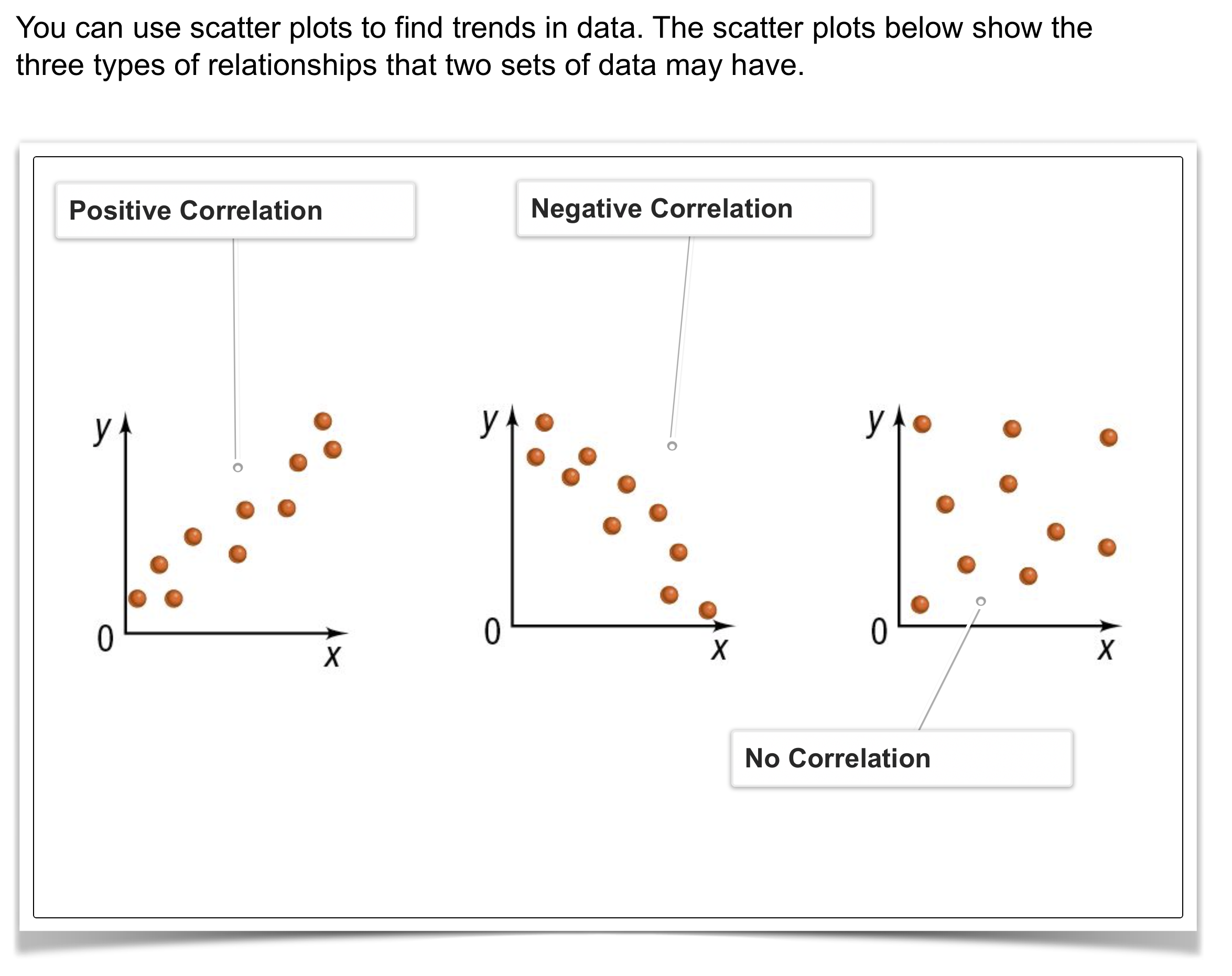

Instead, we need to find the average yearly change in percentage. So this is not about calculating percentage based on numbers of people. adults that have this opinion), while the horizontal axis is in years, so percents are already there in the problem. In this case, the vertical axis is already in percents (Percentage of U.S. In other words, we use the slope of an imaginary line that passes through the points to help us choose good points for calculating the answer.

33% -7% 0% 1% are all correctly calculated from the data points, but they are wildly different and none of them is a good answer. The calculation is (50 - 42)/(9 - 0) which is 8/8 or 1% per yearĤ%. If we choose 0 years and 9 years, the percentages are 42 and 50 The calculation is (48 - 48)/(5 - 2) which is 0/3 or 0% per year (no change) If we choose 2 years and 5 years, the percentages are 48 and 48 If we choose 3 years and 4 years, the percentages are 54 and 47 The calculation is (47 - 46)/(4 - 1) which is 1/3 or 0.33% per year

If we choose 1 year and 4 years, the percentages are 46 and 47 The calculation is (46 - 42)/(1 - 0) which is 4/1 or 4% per year If we choose 0 years and 1 year, the percentages are 42 and 46 Here are some of the coordinates from that graph that we can use: If we don't have a line of best fit, how do we find the rate of change? Well, that would be how much the data increases between points, divided by the measurement increase along the x-axis, which in this case is years.īut then we have to choose points to use to find the rate of change. Lucky for us, in this case, WE didn't have to draw the line of best fit-it was given to us.


 0 kommentar(er)
0 kommentar(er)
